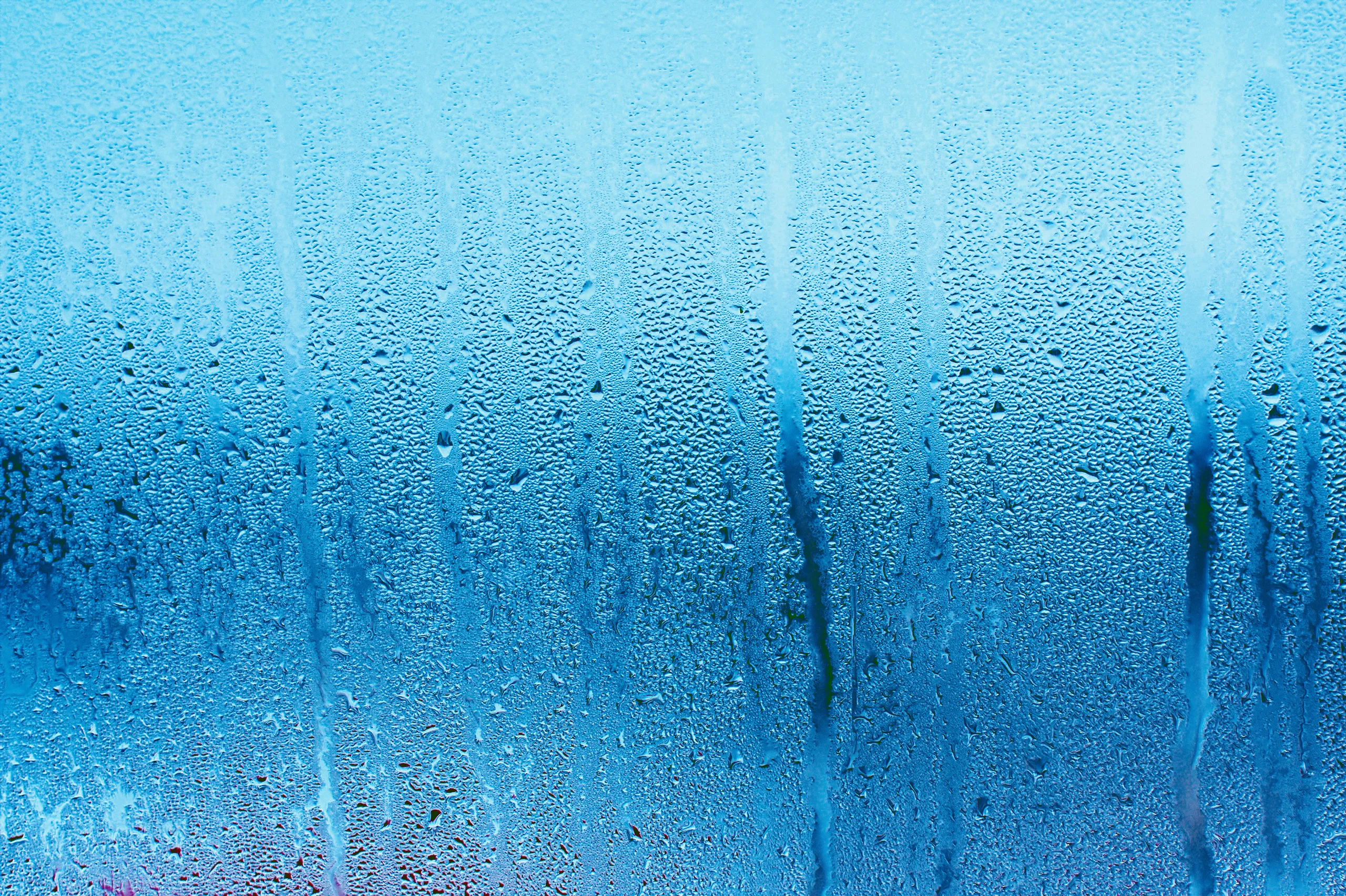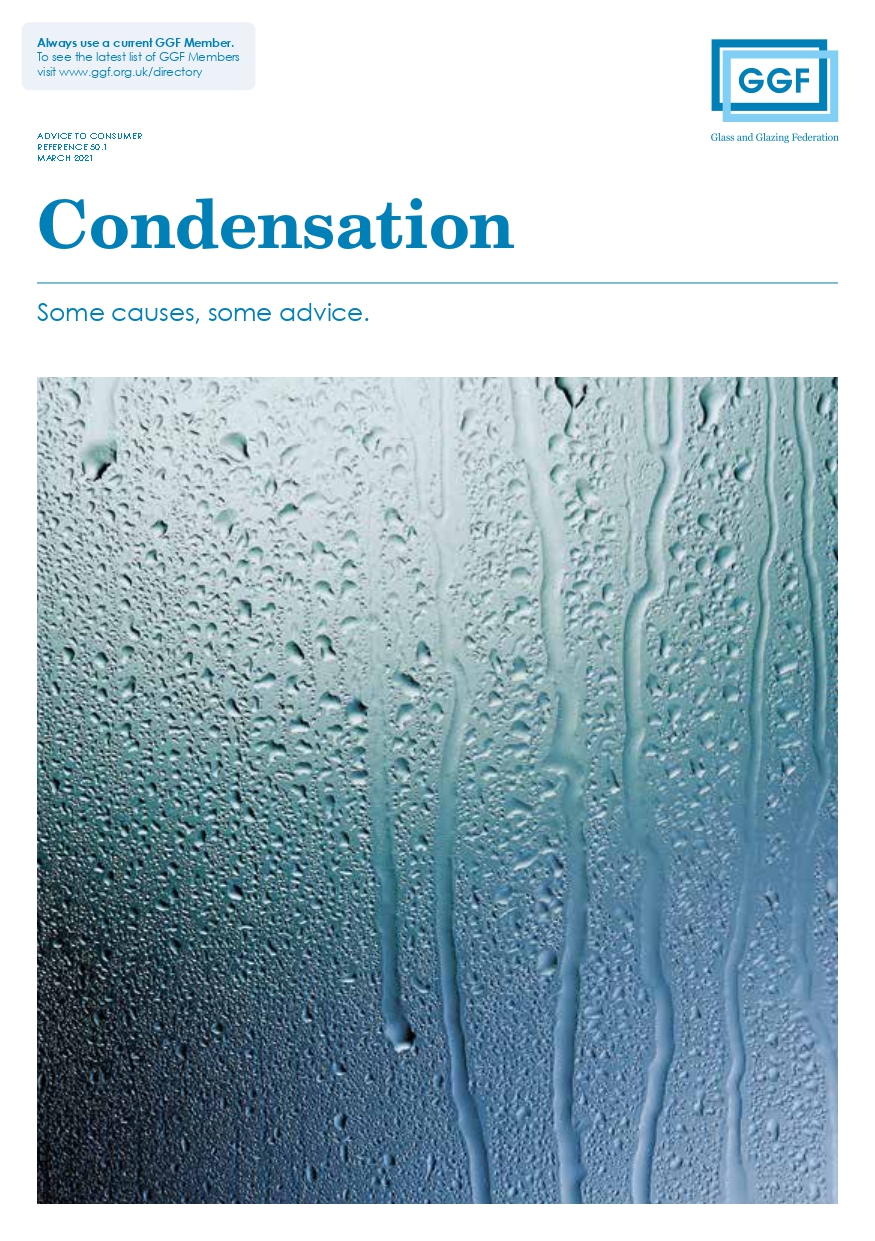Condensation can appear on any type of roof glazing system, as warm moist air rises. The real issue is the excess moisture in the building, not the glazing system itself. This is more common in new builds, which usually dry out over time. An adequate ventilation strategy will significantly reduce condensation issues.
Condensation

Condensation will occur on any surface with a temperature less than the dewpoint of the atmosphere near the surface. Therefore, when the surface temperature of any part of the patent glazing and the relative humidity of the atmosphere reach a critical combination, condensation will occur.
Ground frost, cold rain and low temperature with high wind will exacerbate the formation of condensation. Adequate ventilation will serve to reduce condensation. Inside buildings, the humidity will be increased by the release of moisture from cooking of food, the presence of people or a large body of water, such as a swimming pool.
This moisture can reach high levels where ventilation is inadequate. The possibility of condensation forming on glass may be minimised by using double or triple glazed units with a low U Value, combined with a thermally broken glazing bar such as the 4Edge Pro, Skyline, Skyline Box and Rafterline ranges.
For a more in-depth explanation of condensation in roof glazing, the GGF (Glass & Glazing Federation) have published an interesting document, which can be viewed from this site.
